Arriving
at any international air terminal is rarely a memorable occasion. All
the more reason to book a flight touching down at one of these hairy or
awesome air strips.
11. Princess Juliana International Airport, St. Maarten, Caribbean
Vacationers
flock to the Caribbean for a laid-back vacation. But arriving at the
region's airports can have the opposite effect the compact, rugged
nature of many of the islands forces runways to be built in inventive
locations. Maybe everything sense all the more serene after landing. On
St. Maarten, Princess Juliana Airport named after Dutch royalty has
people gnawing their fingernails in the air and on the ground whenever a
plane lands. The runway begins just meters from the edge of the ocean,
with aircraft coming in almost low enough over the beach to spike a
volleyball set. Princess Juliana airport was started as a military
airstrip in 1942, but converted to a civilian airport in 1943. In 1964
the airport was remodeled and relocated, with a new terminal building
and control tower. Airport facilities were upgraded in 1985 and 2001.
The airport is probably best known for very low-altitude flyover landing
approaches due to one end of its runway being extremely close to the
shore and Maho Beach.
10. Courchevel Altiport, France
Not
like Caribbean-bound passengers, skiers and snowboarders touching down
at Courchevel are typically geared up for an adrenaline fix. They would
better be. In winter, the tarmac air strip at the French resort's
altiport, over 2,000 meters above sea level, is often the only thing not
covered in snow. Aircraft fly in through a channel between mountains,
landing on a short, steeply sloping runway, complete with vertical drop
off, that could almost double as a ski jump. The sight is so
spectacular, and it was special featured as a stunt location in the
James Bond movie "Tomorrow Never Dies."
09. Matekane Air Strip, Lesotho
There's
modest chance of extending this runway very far it ends suddenly at the
edge of a 600-meter drop. Only light aircraft make use of the airstrip
on this isolated tabletop plateau in the tiny southern African kingdom.
Planes sometimes fail to ascend at the end of the runway, conjuring
images of a Wile E. Coyote hover and fall before, thankfully, achieving
flying speed and soaring away.
08. Juancho E. Yrausquin Airport, Saba, Caribbean
Rivaling
St. Maarten for Caribbean airport excitement, Juancho E. Yrausquin
Airport, on the island of Saba, has one of the world's shortest landing
strips, wedged on a rocky outcrop at the foot of a mountain and with the
finish of the tarmac plunging into the sea; touchdown melodramatic
experience here.
07. Gibraltar International Airport
You
just hope that your pilot has landed at Gibraltar before flying toward
an enormous limestone monolith on a landing approach is never easy on
the nerves, but in the 6.2-square-kilometer British overseas territory
of Gibraltar there's nowhere else to put an airport except in the shadow
of the Rock. In adequate apace on the southern tip of the Iberian
peninsula that the runway bisects the territory's main highway. As
aircraft get priority over automobiles in the vehicular pecking order,
most amazingly the road is closed every time a plane takes off or
arrives.
06. Barra International Airport, Outer Hebrides, Scotland
Where
else in the world can you pick cockles on a runway? Rather than think
about where to build a tarmac airstrip when you are limited of space,
the Outer Hebridean island of Barra took a different approach it didn't
bother with one. Pilots wait until the tide is out and then land on the
beach reportedly the only airport in the world where scheduled flights
touch down on sand. In between flights to and from Glasgow, the public
have open access to the beach-runway.
05. Paro Airport Bhutan’s
Bhutan's
Paro Airport deserves an award for beautiful airport surroundings. If
there were awards for remote airways surrounded by remarkable scenery,
the Himalayas would be filling a shelf. In pride of place might stand
the only international airport in the mountainous kingdom of Bhutan
Descending into a slender, high-altitude bowl amid 6,000-meter peaks,
pilots who have to be particularly trained to land this difficult
airport bank their jets in a sharp right turn before swooping in low
over farm houses?
04. Kansai International Airport, Osaka, Japan
Landing
on an aircraft carrier seems thrilling, but you usually have to link
the armed services to do it. You may familiarity a good second best at
Japan's Kansai International Airport, where the 2 runways appear to
float on the water way out in Osaka Bay. Actually positioned on a
purpose-built artificial island, to minimize noise pollution for city
residents, the runways are in fact sizeable affairs both over 3 KM long
and connected to the mainland by a four-kilometer bridge. But from the
air, this is the best way to get that "Top Gun" feeling on a commercial
carrier.
03. Harstad Airport/Narvik, Norway
On
the approach to Harstad/Narvik Airport in the region of Evenes, planes
skirt through fjord-land, over frozen lakes and between snow-covered
mountains. Arriving at the settlement of Hammerfest, in the country's
extreme northeast, feels like touching down on an ice rink at certain
times of the year. Atlantic turbulence and a runway extended on stilts
make for a touchy touchdown in Madeira.
02. Madeira Airport, Funchal, Portugal
Madeira's
international airport seems as if it's been cheating in a tricky-runway
competition. Sandwiched among a steep hillside and the sea, its
radically short tarmac strip is extended on stilts over the water to
make it long enough for a safe touchdown. Throw in incessant Atlantic
turbulence and you have got an arrival striking enough to make the
calmest passenger reach for the fortified wine.
01. Malé Airport, Maldives
Malé
Airport seems a perfect drama, built on its very own atoll, Hulhulé,
the runway is a only six feet feet above sea level. After descending
over the 26-island Maldives archipelago, undercarriages feel so close to
the sea on touchdown it's as if they are skimming along the water.
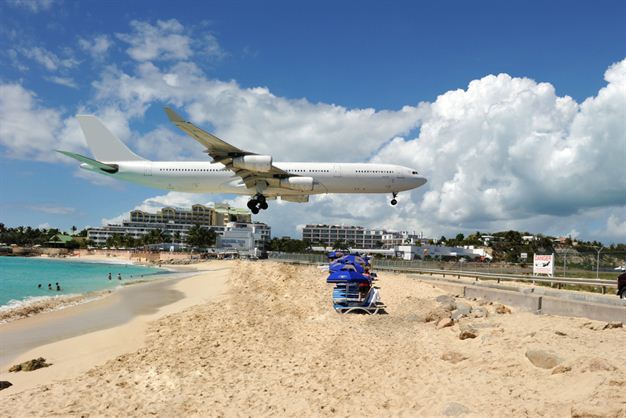
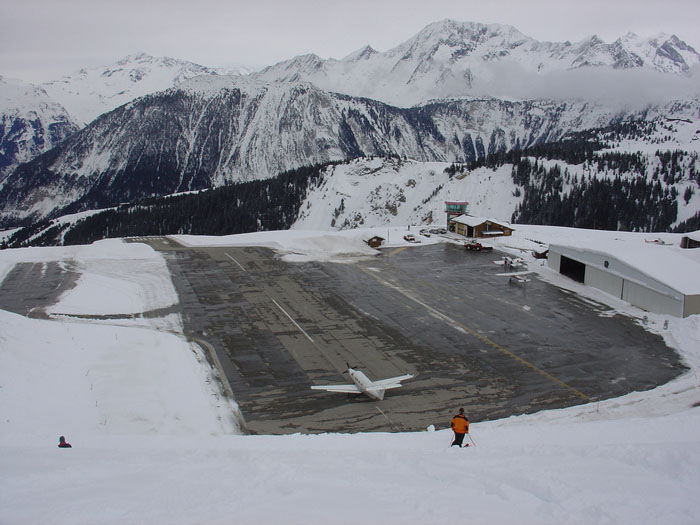
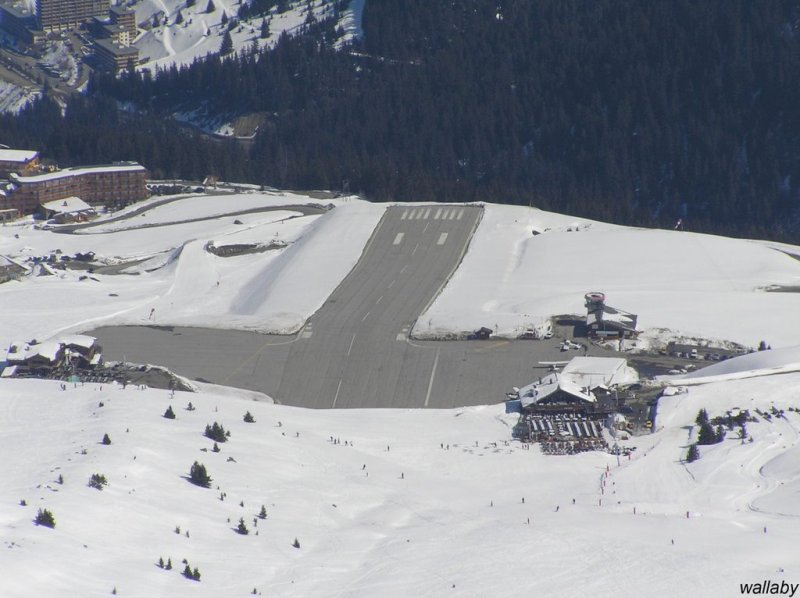
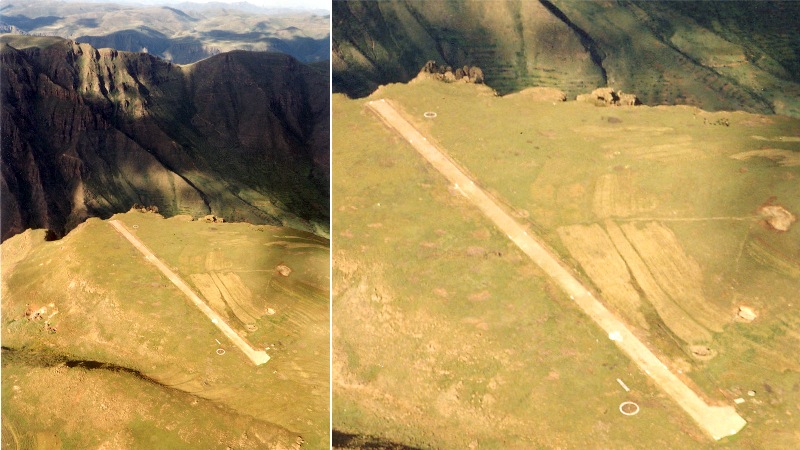
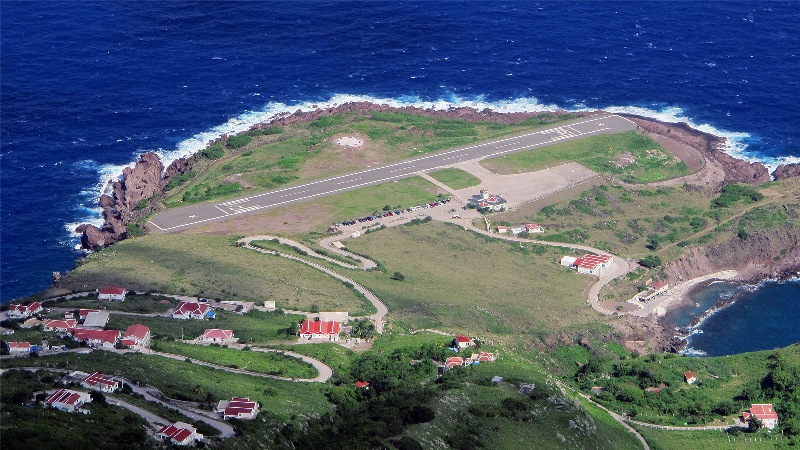
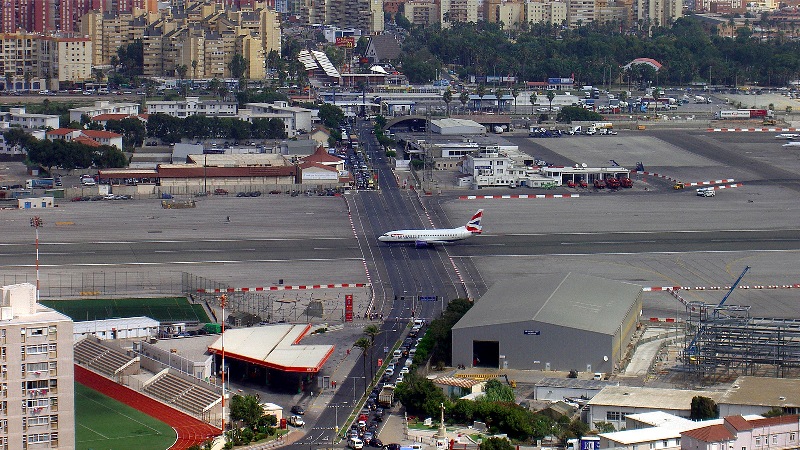
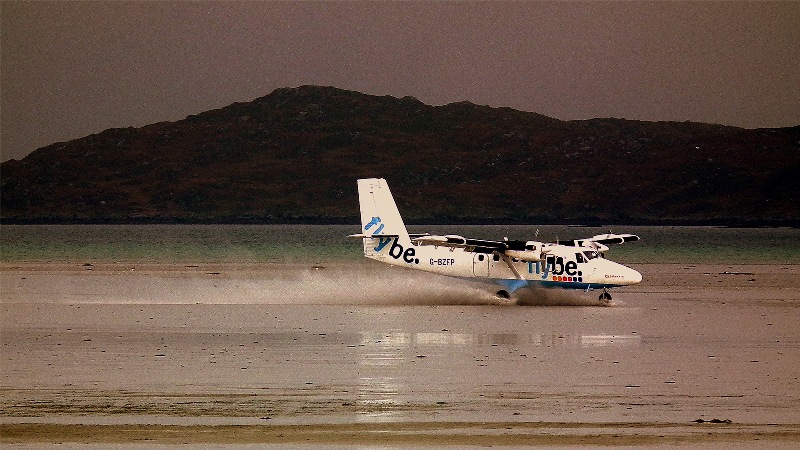
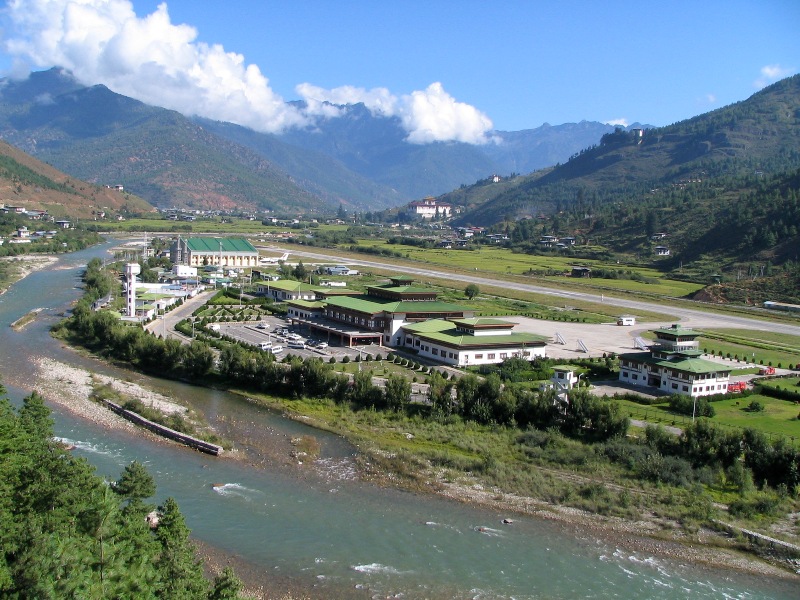
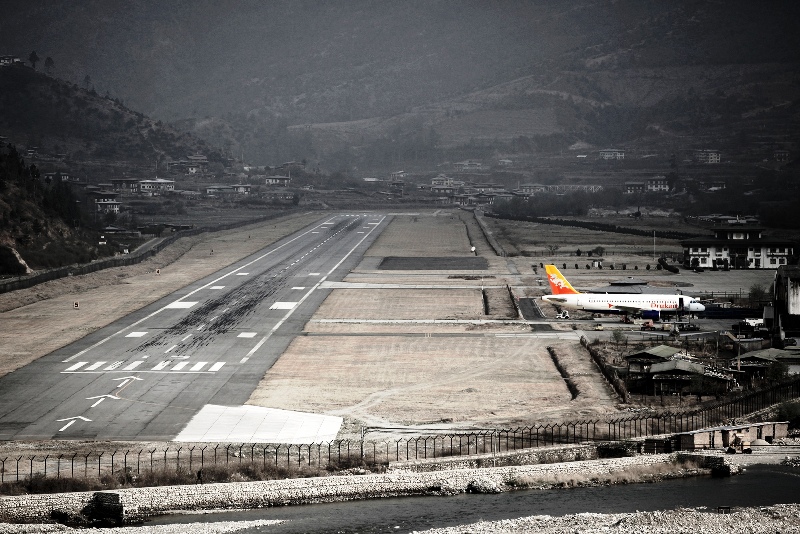

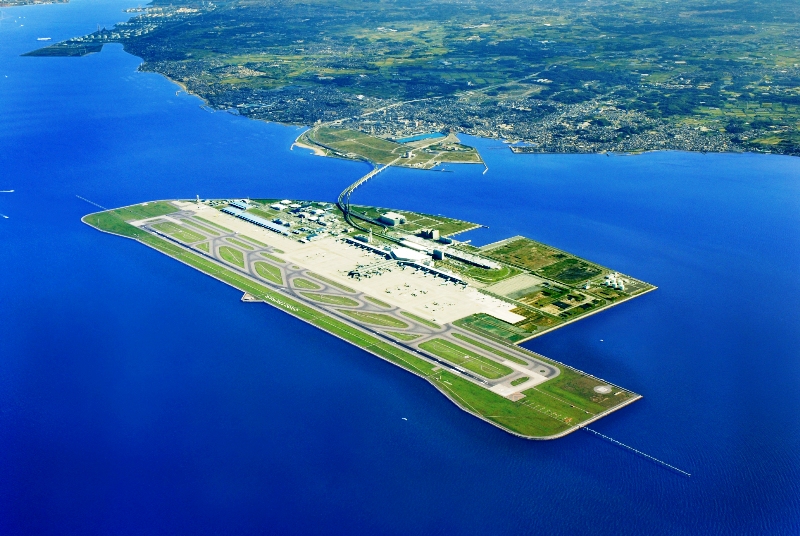
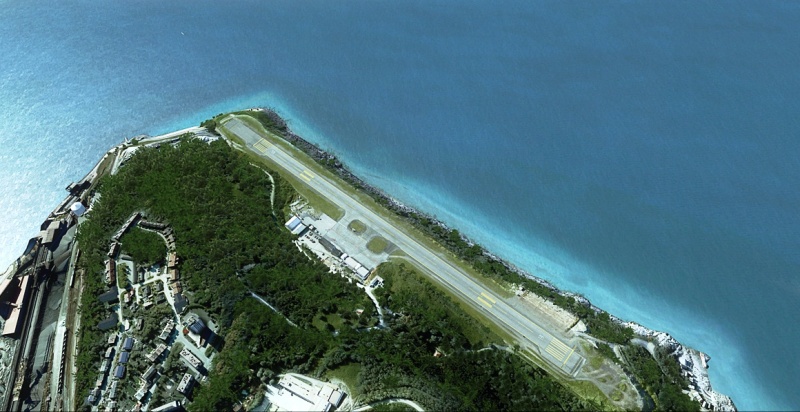
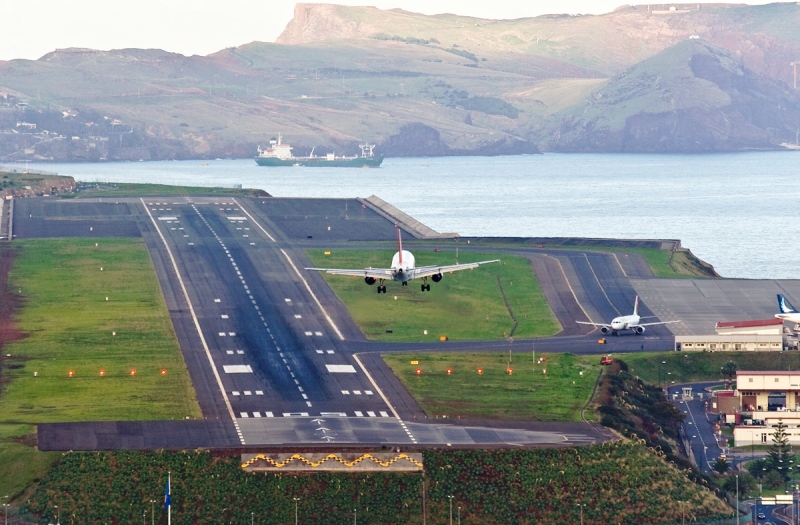
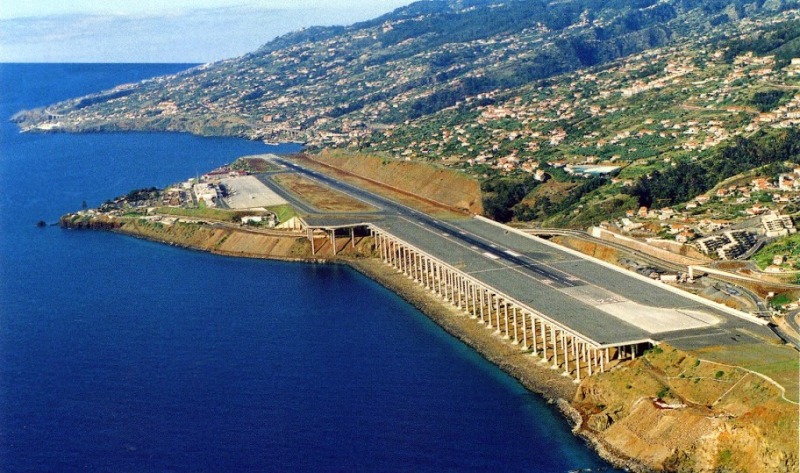
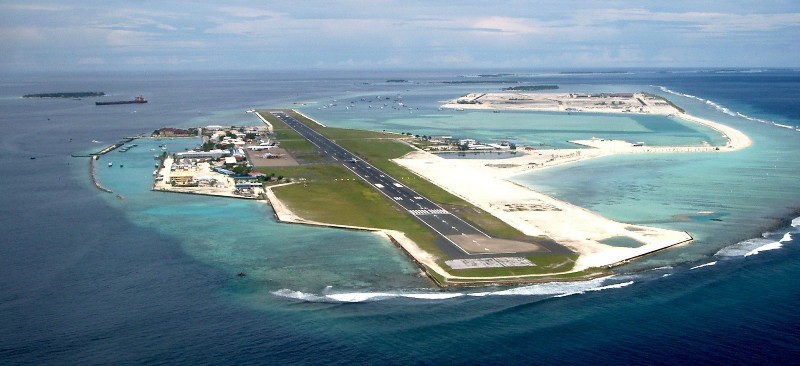













.jpg)


























